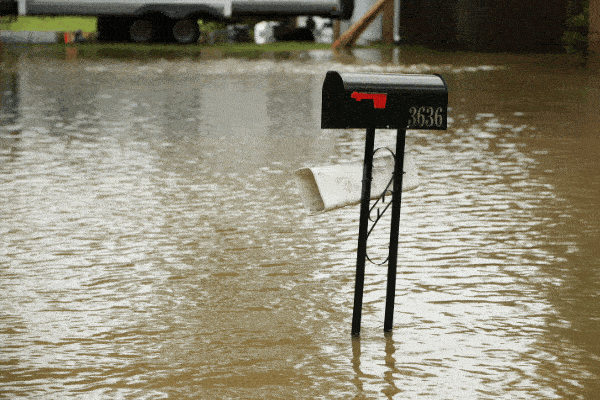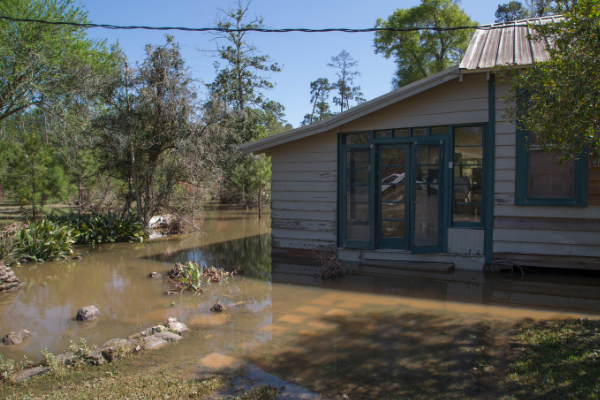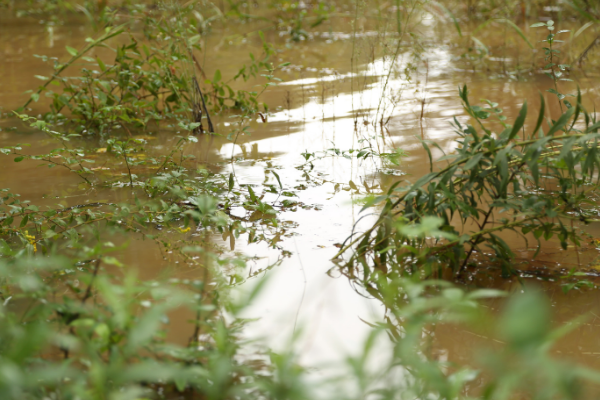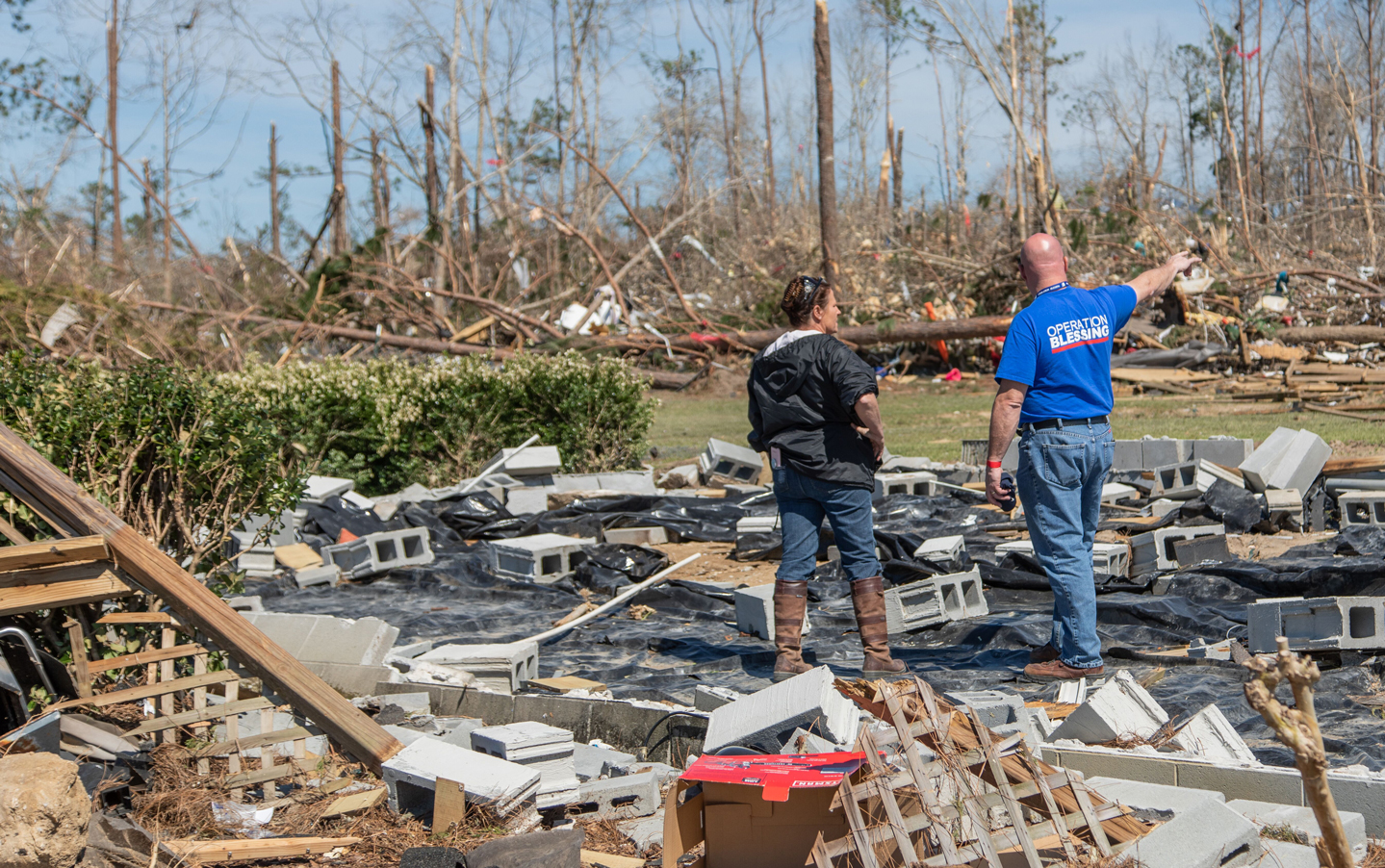
Coastal flooding is a form of destructive flood activity that threatens coastlines and causes tremendous damage each year. Millions of people live near coastlines, so we have provided some simple coastal flooding information below.


- What is coastal flooding?
The National Severe Storms Laboratory defines Coastal Flooding as “the inundation of land areas along the coast, caused by higher than average high tide and worsened by heavy rainfall and onshore winds”(“Flood Types”).
- What is high tide flooding?
High tide flooding happens when tides cause flooding along the coast even without meteorological activity like storms or hurricanes. As sea levels become higher, tides are higher, as well. Therefore, astronomical tides are causing more flooding than many areas are used to.
- What is nuisance flooding?
Nuisance flooding is another term for high tide flooding.
- What is Perigean High Tide and how does it affect coastal flooding?
Perigean High Tide is tied to the moon cycle. The distance between the moon and the Earth directly affects tidal activity. The closer the distance, the higher the tides, which can result in coastal flooding. Perigean High Tides occur twice during the moon cycle, during a full moon and a new moon.
- Are lunar cycles the principal catalyst in tidal activity?
No, changes in the ocean’s natural circulation can impact tidal activity. Additionally, weather pattern changes can also heavily affect tides.
- What is a king tide?
A King Tide is “the highest predicted high tide of the year at a coastal location” (US, EPA, OW). High tide flooding is very prominent during a King Tide, so it must be carefully watched. Naturally, an increase in high tide flooding activity means that the King Tide will also be greater.
- Is high tide flooding increasing?
The National Ocean Service, which is part of the National Ocean and Atmospheric Administration (NOAA), says, “high tide flooding has increased in the U.S. on average by about 50 percent since 20 years ago and 100 percent since 30 years ago”(High Tide Flooding | U.S. Climate Resilience Toolkit).
- What are some ways the National Oceanic and Atmospheric Administration has determined scientifically that tidal levels are increasing and what is their proof?
The NOAA uses tidal gauges to monitor multiple coastal locations around the United States. They record their findings and compare them to previous periods. In one report, they found that “U.S. coastal communities saw twice as many high tide flooding days than they did 20 years ago — and the trend of near-record high tides is expected to continue through April 2022, as well as in decades to come” (U.S. high-tide flooding breaks records | National Oceanic and Atmospheric Administration). Regardless of the cause, they believe that tidal levels are rising.
- How do sea levels impact coastal flooding?
Higher sea levels can cause a higher probability that both people and wildlife will encounter flooding problems. According to National Geographic, rising sea levels can lead to a number of negative consequences including:
- Larger and more powerful storms
- More damage from storm surge
- Flooding of coastal ecosystems
- Soil destruction due to salt water inundation
- Are sea levels rising?
According to the NOAA, “In some ocean basins, sea level has risen as much as 6-8 inches (15-20 centimeters) since the start of the satellite record in 1993” (Lindsey).
- How does the National Oceanic and Atmospheric Administration help monitor coastal flooding?
While there are many ways they get data about floods and weather conditions, one very prominent tool is the Coastal Inundation Dashboard. This digital resource brings multiple pieces of information about flood conditions into one location. Other tools that the NOAA uses to gather information include:
- Satellite information
- Rainfall gauges
- Radar Detection
- What are some of the economic costs of coastal flooding?
Floods worldwide generate billions in damage. They destroy homes, roads, towns, and lives. When coastal flooding hits large population centers built in flood-prone regions, the devastation is astronomical. Some sources have estimated that coastal flooding could cost cities located near coastlines as much as $60 billion a year by 2050 (Floods May Cost Coastal Cities $60 Billion a Year by 2050).
- How do I help people who are facing the devastation of a flood?
The financial and physical damage of floods can be astronomical. The emotional impact floods leave on individuals and entire communities is also significant. When natural disasters like floods occur, Operation Blessing partners launch into action. Through donations, volunteering, fundraisers, and even sharing the message, their generosity gives hope to people who have lost everything due to natural disasters like floods, hurricanes, tornadoes, and earthquakes.
Works Cited
“Flood Detection.” NOAA National Severe Storms Laboratory, 2015, www.nssl.noaa.gov/education/svrwx101/floods/detection/.
“Flood Types.” NOAA National Severe Storms Laboratory, 2015, www.nssl.noaa.gov/education/svrwx101/floods/types/.
“Floods May Cost Coastal Cities $60 Billion a Year by 2050.” Www.climatecentral.org, www.climatecentral.org/news/floods-may-cost-coastal-cities-60-billion-annually-by-2050-16356. Accessed 19 July 2021.
“High-Tide Flooding | U.S. Climate Resilience Toolkit.” Climate.gov, 2018, toolkit.climate.gov/topics/coastal-flood-risk/shallow-coastal-flooding-nuisance-flooding.
Lindsey, Rebecca. “Climate Change: Global Sea Level.” Climate.gov, NOAA, 25 Jan. 2021, www.climate.gov/news-features/understanding-climate/climate-change-global-sea-level.
Nunez, Christina. “Sea Level Rise, Facts and Information.” National Geographic, 19 Feb. 2019, www.nationalgeographic.com/environment/article/sea-level-rise-1.
“Prepare for Coastal Flooding with NOAA’s New Online Tool – NOAA Tides & Currents.” Tidesandcurrents.noaa.gov, tidesandcurrents.noaa.gov/news/prepare-for-coastal-flooding.html. Accessed 19 July 2021.
“The Increasing Cost of Coastal Flooding.” Cosmos Magazine, 30 July 2020, cosmosmagazine.com/earth/climate/the-increasing-cost-of-coastal-flooding/. Accessed 19 July 2021.
“U.S. High-Tide Flooding Breaks Records | National Oceanic and Atmospheric Administration.” Www.noaa.gov, www.noaa.gov/news-release/us-high-tide-flooding-breaks-records. Accessed 19 July 2021.
U.S. Department of Commerce, National Oceanic and Atmospheric Administration. “What Is High Tide Flooding?” Oceanservice.noaa.gov, oceanservice.noaa.gov/facts/high-tide-flooding.html. Accessed 16 July 2021.
US EPA,OW. “King Tides and Climate Change | US EPA.” US EPA, 21 Mar. 2014, www.epa.gov/cre/king-tides-and-climate-change. “What Causes Coastal Flooding – SurgeWatch.” SurgeWatch, 2 Nov. 2016, www.surgewatch.org/what-causes-coastal-flooding/


A mission you can believe in. A charity you can trust.